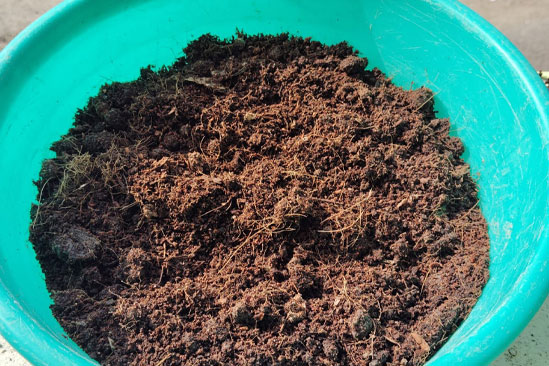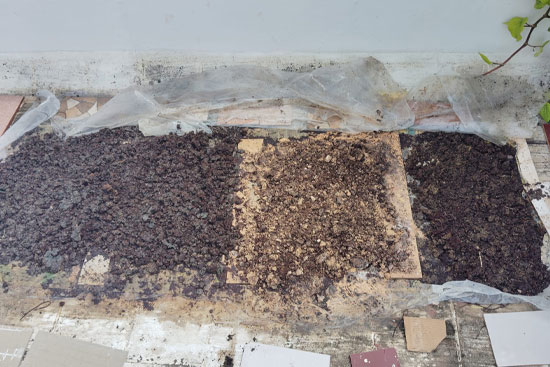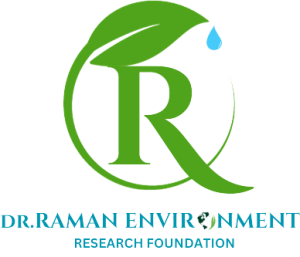Distillery Waste
Distilleries produce limited waste products. These waste products can be grouped, and managed by our Experts .
This consists of grain husks and fibre, rich in flavour, vitamins and other nutrients and suitable for human or animal consumption. This by product has commercial value but a relative short shelf life (i.e. 2-3 days). It is in a semi-dry state (about 20% moisture) and easily collected in bins for transport this will be converted into Organic Manure with in a week.
During the normal course of business, packaging material from received goods will be discarded or returned to suppliers. The non-returnable packaging waste consists of small amounts of plastic bags and cardboard boxes. These will be separated before disposal and arrangements made with street collectors for re-cycling. Not more than xxxkg of plastic, cardboard boxes and other packaging waste will be produced per week.
This waste consists of three components: Dead yeast, water (more than 80%) and grain sediment. It is very high in nutrients (especially in the Vitamin B-group) making it especially suitable as supplement feed for animals. It is used as-is as animal fodder or needs to be further processed for human consumption. The relative small quantities produced (i.e. xxx litres per week) makes it not feasible for human consumption processing. It has a usable shelf-life of about 4 – 6 weeks if handled correctly. Arrangements will be made to dispose of this waste with local small hold piggeries, chicken farmers or compost producers for collection once per week or once every two weeks.
The following waste products are produced during distilling. Condensed highly volatile alcohols: small amounts (i.e. xxx litres per week) of distilled condensate waste is produced and is rich in methanol and ethanol with less than 10% water. This product is an excellent cleaning solvent to be used directly in the distillery during cleaning and for equipment sterilisation purposes.
Limited amounts of this waste is produced weekly (i.e. xxx litres) and added to the sludge waste to be disposed of as indicated.
This waste water is from the following activities. Reverse osmosis filtering of water. About 8% of water used for the dilution and blending of spirits, is waste water dumped by the reverse osmosis water filter. This water does not contain any organic waste and is normally only rich in dissolved minerals from the municipal water supply. This small amount (i.e. less than xxx litres per week) will be disposed of in the normal municipal sewage line.
This is water used to clean the equipment and floors of the distillery and about xxx litres per week will be used and disposed of in the normal municipal sewage line.
Toilets, urinals and wash basin water will be disposed of in the normal course of business in the municipal sewage line.
This consists of grain husks and fibre, rich in flavour, vitamins and other nutrients and suitable for human or animal consumption. This by product has commercial value but a relative short shelf life (i.e. 2-3 days). It is in a semi-dry state (about 20% moisture) and easily collected in bins for transport. Not more than xxkg of solid waste will be produced per day.Arrangements will be made to dispose of this waste in the following manner: a) Arrangement with local piggeries, chicken farmers or other animal to collect the solid wastes and use as animal feed. b) Arrangement with local small bakeries/home bakeries to collect the waste for producing health rusks. Above arrangements will be finalised in such a manner as to maximise the income derived from the solid waste.
During the normal course of business, packaging material from received goods will be discarded or returned to suppliers. The non-returnable packaging waste consists of small amounts of plastic bags and cardboard boxes. These will be separated before disposal and arrangements made with street collectors for re-cycling. Not more than xxxkg of plastic, cardboard boxes and other packaging waste will be produced per week.
This waste consists of three components: Dead yeast, water (more than 80%) and grain sediment. It is very high in nutrients (especially in the Vitamin B-group) making it especially suitable as supplement feed for animals. It is used as-is as animal fodder or needs to be further processed for human consumption. The relative small quantities produced (i.e. xxx litres per week) makes it not feasible for human consumption processing. It has a usable shelf-life of about 4 – 6 weeks if handled correctly. Arrangements will be made to dispose of this waste with local small hold piggeries, chicken farmers or compost producers for collection once per week or once every two weeks.
The following waste products are produced during distilling. Condensed highly volatile alcohols: small amounts (i.e. xxx litres per week) of distilled condensate waste is produced and is rich in methanol and ethanol with less than 10% water. This product is an excellent cleaning solvent to be used directly in the distillery during cleaning and for equipment sterilisation purposes.
Limited amounts of this waste is produced weekly (i.e. xxx litres) and added to the sludge waste to be disposed of as indicated.
This waste water is from the following activities. Reverse osmosis filtering of water. About 8% of water used for the dilution and blending of spirits, is waste water dumped by the reverse osmosis water filter. This water does not contain any organic waste and is normally only rich in dissolved minerals from the municipal water supply. This small amount (i.e. less than xxx litres per week) will be disposed of in the normal municipal sewage line.
This is water used to clean the equipment and floors of the distillery and about xxx litres per week will be used and disposed of in the normal municipal sewage line.
Toilets, urinals and wash basin water will be disposed of in the normal course of business in the municipal sewage line.




